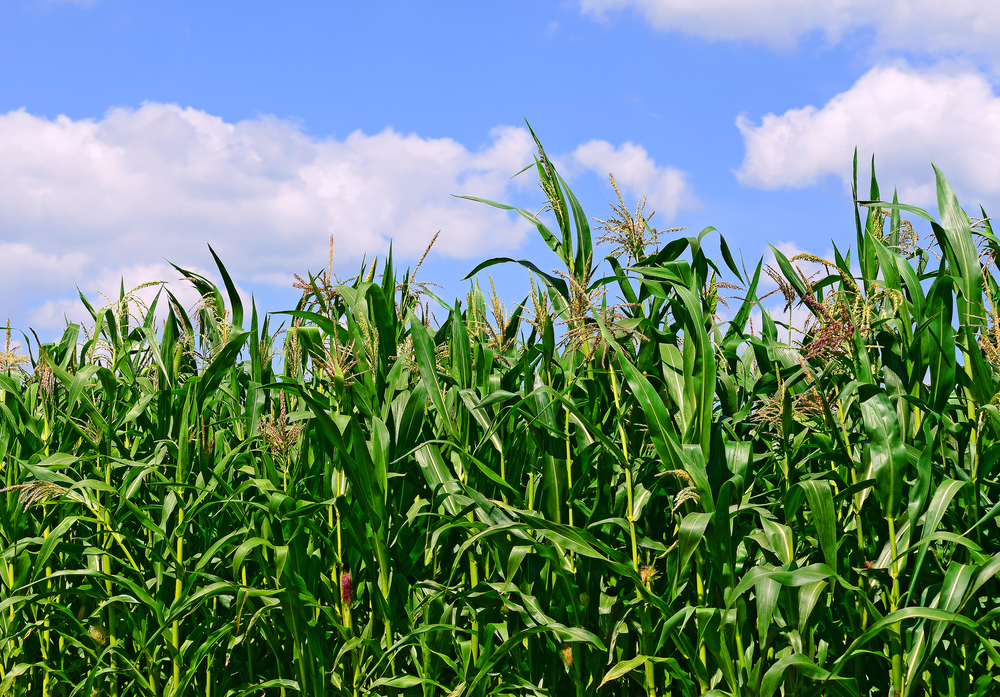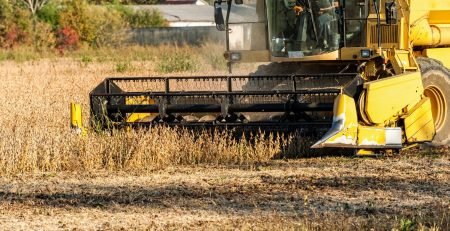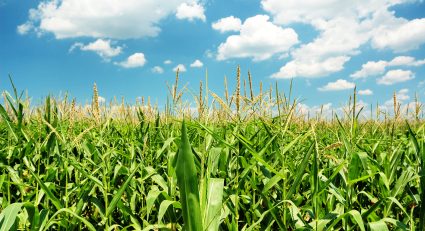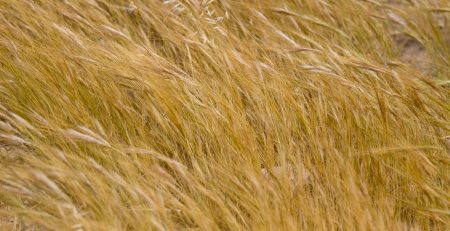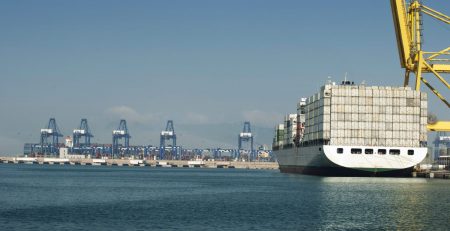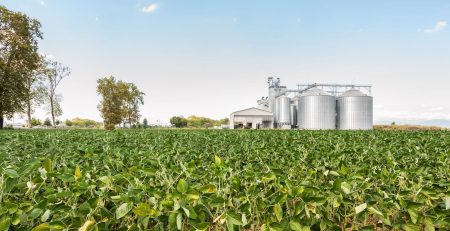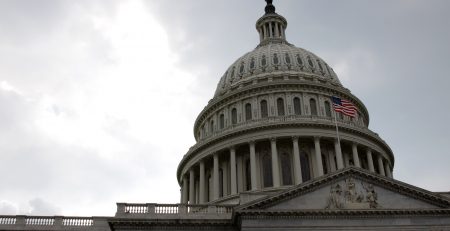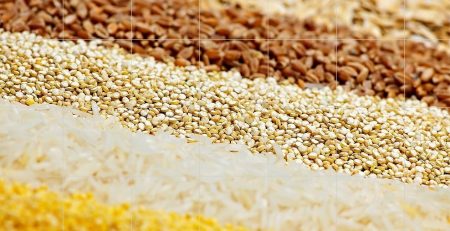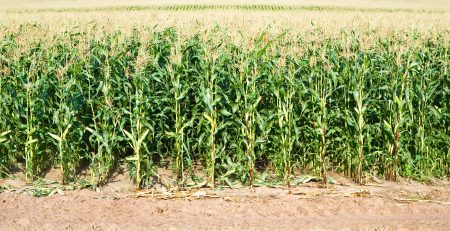The Corn Strategy: Something Will Happen
This winter, farmers will undoubtedly be confronted with the infamous supply curve for commodities. Economists can’t explain what’s for lunch without drawing X-Y axes with price rising upward and quantity growing to the right. On this academic playing field, the consequences of market choices are gamed out.
The supply curve is deceptively intuitive. The higher the price of something, the more of it producers will make. Most of us could get the basic plot correct. It is often simplified as a straight line, and the general orientation is southwest to northeast.
Going upward (rightward) on the curve is commonsense. Prices go up, plant more acres, use more inputs. The reverse case is not always a mirror image.
For example, once you plow up the pasture to plant corn, you’ve burned a bridge. Relatively straight-forward rotation changes between corn and soy can complicate the soybean supply curve, which can have its own surplus issues.
Economic Complexities. For many Midwest farmers, the corn-soy two-step is more like a lockstep, with little room to adjust to lower prices, especially under dual oversupply conditions. Even in areas like the Northern Plains, with seemingly a wide range of planting options, corn acres can overwhelm those markets should farmers pursue other crops.
For our farm, shifting from a 50-50 rotation would need to offer huge gains to offset agronomic costs. Above all, not planting anything is out of the question.
What emerges is a plant-and-hope strategy. This is an understandable, if dubious, plan. Looking at modern production and price history, it seems when prices have plunged, something has always happened to slow production and push prices upward. Eventually.
This might be a figment of hindsight. One problem is timing. For example, the last drought with sharply lower production occurred in 2012—not during an oversupply situation when it would have helpfully reduced stocks, but as demand from ethanol was ramping up. Weather doesn’t monitor the stocks-to-use ratio.
The other obvious problem with this belief is how long it takes “something” to happen versus how long producers can lose money.
There is a second outside force that can lower production: government intervention. Set-asides, grain reserves and other programs often take the decision to produce or sell out of farmer hands. The political will to implement such measures arises only after nearly universal producer economic hardship, extending throughout the production web to suppliers and lenders. We’re not there yet, I don’t think.
Finally, low prices should stimulate usage, aka the demand curve. While this is hope-based as well, it does have economic justification. It is also largely out of producer control, however. In short, the most potent and influential action producers can take to reduce supply—plant less—brings immediate and certain economic hardship. Plant-and-hope at least postpones that reckoning even while raising the cost.
Rising Surpluses. The something-will-happen strategy has worked long enough for memories of persistent surpluses and unprofitability to have faded. It will take severe hardship for most corn farmers to abandon that faith. This stubbornness will be reflected in the shape of the supply curve.
The probability of continued overproduction is inversely proportional to the chances of a something-will-happen solution. It is not hysterical to contemplate a more likely scenario: even larger surpluses. The fact we seldom talk about this outcome reflects our sense of futility.
Economics is an abstraction of our decision-making process. Little wonder reality often doesn’t match the graphics. Using any familiar form of the logical supply curve for corn this year might not help. For growing corn, we are locked into faith-based farming.
This article was first published on https://www.qtwebhostdemo.com.

